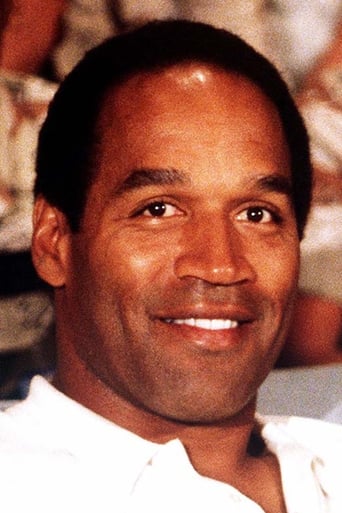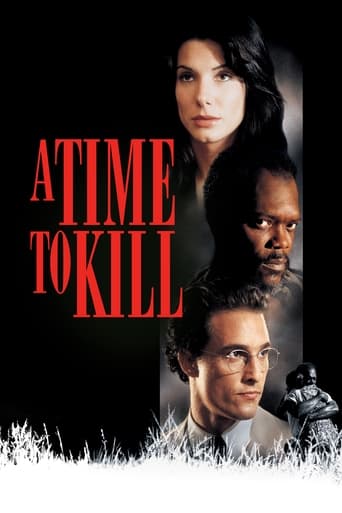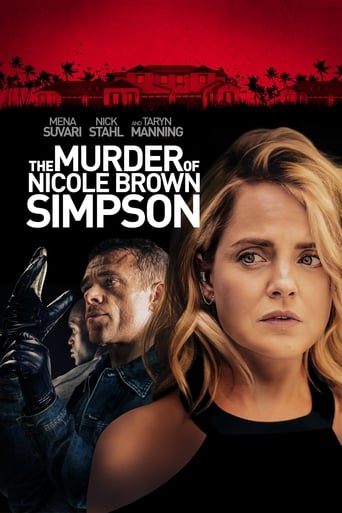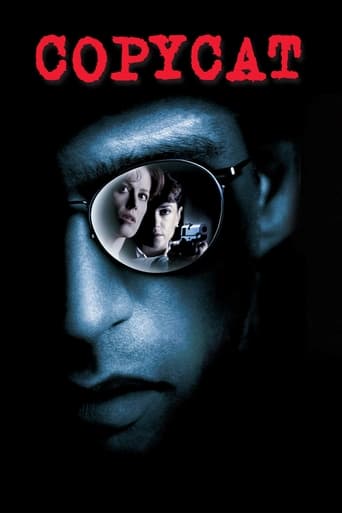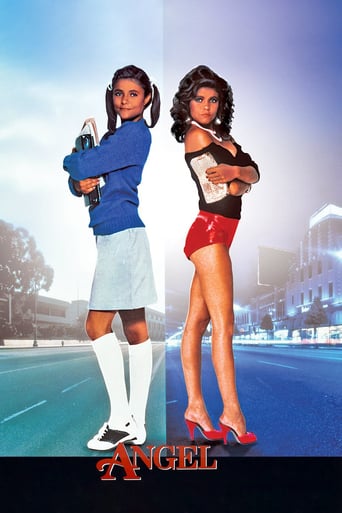
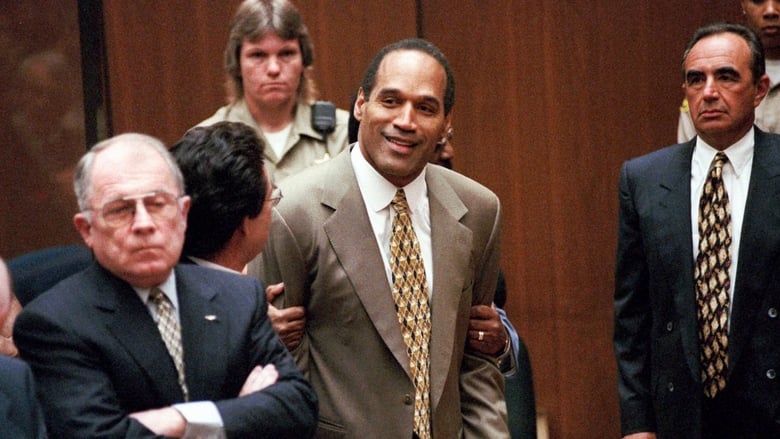
O.J.: Made in America (2016)
A chronicle of the rise and fall of O.J. Simpson, whose high-profile murder trial exposed the extent of American racial tensions, revealing a fractured and divided nation.
Watch Trailer
Cast
Similar titles
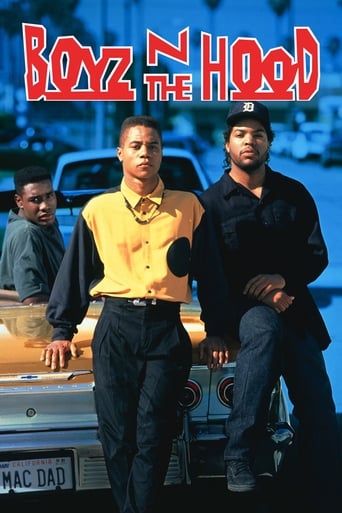

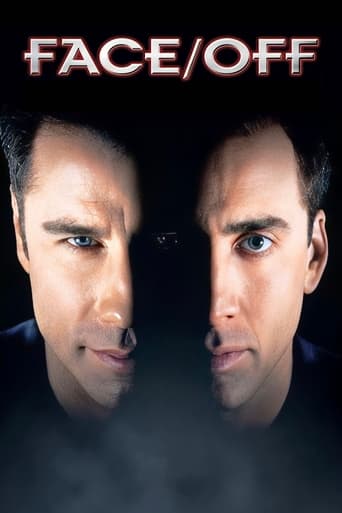
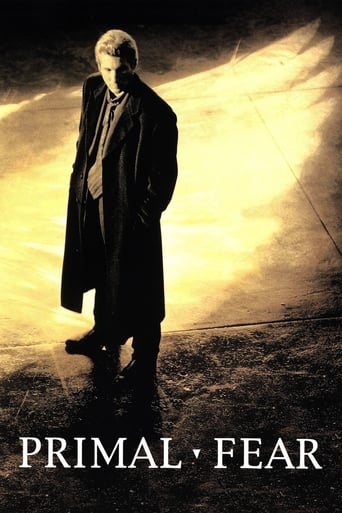
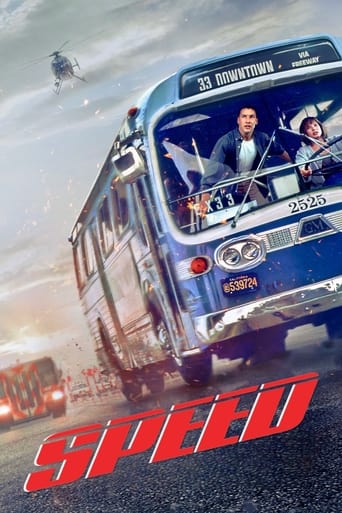
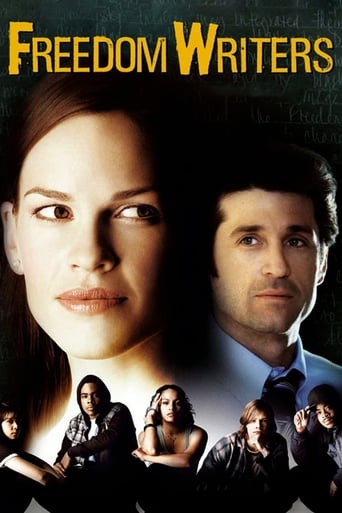
Reviews
Slow pace in the most part of the movie.
Don't listen to the Hype. It's awful
Absolutely Brilliant!
It's easily one of the freshest, sharpest and most enjoyable films of this year.
For over a year, OJ was all America talked about. Every tiny detail or gossip was a headline. I had no interest in reliving it all by watching this movie. Then, credible sources were saying this miniseries was really quite good. It is!I had forgotten so many of the crazy and insane twists and turns of this trial. Learning more about the motivations, interactions and histories of the people involved was an eye opener. Even the jurors point of view is well done. Everyone who was in that courtroom - except OJ - desperately wanted to be there. It wasn't long before they all regretted it.
Initially, I was like, "The OJ documentary is how long?!?!" But I never realized that this story could be a prism through which to understand race, class, privilege and celebrity in this country. And watching it while a jury debates over whether Walter Scott's killer was guilty of anything? It reminded me that many things have changed...and many things haven't. I experienced OJ's trial as a college freshman, but I didn't understand it till now.
Seven and a half hours in length and in five parts, OJ: Made in America can best be described as "Everything you wanted to know about OJ (and race in America) but were afraid to ask." OJ: Made in America is like a giant jig-saw puzzle, and it's up to you to figure out the lessons learned (if any) among the participants in the sordid spectacle known as "The Trial of the Century." Ezra Edelman produced and directed OJ: Made in America ("OJ:MIA") and was determined from the outset to show the connection between the OJ Trial and the history of resentment built up in the African-American community as a result of years (if not centuries) of discrimination, racism and outright violence perpetrated against it. Hence at the very time OJ came onto the scene as a star football player for the University of Southern California (USC), the Watts riots were happening right next door to the campus, depicted as a bastion of white privilege.Ironically, the most popular man on campus at that time was OJ himself, who was determined to ingratiate himself with an all-white student body, oblivious to what was going on in the larger community right outside his doorstep. OJ was so determined to shed any connection to his black roots that you can hear him saying on the archival footage, "I'm not black, I'm OJ!" It was no accident years later that OJ's defense team changed all the pictures in his house featuring his associations with a myriad of white friends and replaced them with pictures of his black relatives in order to give the majority black jury the impression that maybe he wasn't an Uncle Tom, as some militants had accused him of being during his years as a professional NFL player and Hertz rent-a-car pitchman.By the time his playing days were over, OJ had basically given up most of his connections to the lower middle- class black community where he grew up, married Nicole Brown, a white woman, and moved to the gated "white" Brentwood suburb of Los Angeles. As he later admitted, he didn't pay much attention to the concerns of his fellow blacks as he was more determined to make it as a man of wealth and privilege in a white world.Edelman spends a good deal of time chronicling the Rodney King beating incident and its aftermath in order to remind us of the injustice of the first trial and the resentment it caused in the black community not only in the Los Angeles area but across the entire country. It is within this atmosphere that the OJ jury was seated. Interviews with various community "activists" make it clear that most people in the black community saw OJ as a symbol (or cause célèbre if you will), with the verdict already pre-determined, as payback for the Rodney King trial.This is borne out by one of two interviews with two actual jurors from the trial. Juror #9, a feisty older black woman, who asserted that 90% of the people on the jury had made up their minds from the beginning, not only as payback for Rodney King but as s he put it, "to protect our own." Juror #9 comes off in OJ:MIA as one of the most fascinating characters in the documentary. On one hand, she had little sympathy for Nicole Brown, unable to understand why domestic violence victims are unable to leave their husbands despite enduring horrendous physical abuse and constant psychological humiliation. On the other hand, Juror #9 is one of the few African Americans initially sympathetic to OJ who was willing to concede later on that he was probably guilty!In contrast, Juror #2, a middle-aged black woman, is much more circumspect. She maintained that, because of their mistakes, the prosecution team failed to make their case. Unlike Juror #9, Juror #2 isn't willing to concede that the prosecution team was dealing with an inherently biased jury. But even barring that, the defense team still had to get around the problem of all of the victims' blood mixed in with OJ's DNA found at the scene. Juror #2's solution is to dismiss all police testimony by basically blaming Mark Fuhrman as unreliable since she was personally offended by his use of N-word and lying about it on the stand. But the defense team argued that ALL the police (including Vanatter, the chief detective) were involved in a grand conspiracy to mix OJ's blood with the victims.By that logic, any future defense attorney could argue that police testimony is tainted since you can't trust any of them due to inherent racism. The argument of a grand police conspiracy sounds even more ludicrous considering the victim involved. OJ was a friend of the police and even though a few had knowledge of OJ's abuse of Nicole, the police never stopped coming over to his house in friendship before the murders. Juror #2 was probably right about the prosecution bungling the case but not for the "mistakes" she cites. Instead, it appears more obvious that the prosecution failed to challenge the ludicrousness of the defense's notion of a vast police conspiracy, accepted uncritically by an already biased jury. OJ:MIA documents the shock many in the white community felt at what they regarded was an unjust verdict. Somehow they expected many in the African-American community to take the "high road" and look at the case objectively—instead, it was purely an "emotional" verdict based on years of resentment—the "taste of victory" was more important than really analyzing the defense's flimsy case which was principally based on massive generalizations and crude innuendo.In the end OJ did get his just desserts. He thought he was going to return to his regular routine only to discover that he was now a pariah and eventually an inmate to boot. For O.J.: what goes around, comes around!
On June 12th, 1994, Nicole Brown Simpson, the ex-wife of lauded American football player and all-round superstar O.J. Simpson, was murdered, along with her friend Ron Goldman. Both were stabbed multiple times, with Nicole's injuries so severe that her head was almost completely severed from her body. The crime scene was appalling and was clearly the aftermath of a frenzied attack, with all evidence pointing to O.J.. What followed was truly the biggest media sensation of our time; a circus in the ugliest sense of the word which divided America between blacks and whites. The case continues to fascinate, and despite the many documentaries covering the trial, Ezra Edelman's O.J.: Made in America finds new ground to cover, interviewing practically anyone caught up in the trial and juxtaposing O.J.'s story with that of the horror of growing up black in Los Angeles.Released as a five-part mini-series on ESPN for their 30 to 30 series, Made in America also made a limited appearance on cinema screen, and received its premiere at the Sundance Film Festival. Controversially, this qualified it as a feature and for the Best Documentary Academy Award (which it won), and watched as a whole the film runs at a whopping 7 hours plus. But anyone who states it was undeserved needs to watch the film again, as this is about as detailed, powerful and utterly gripping as documentary film-making gets. It seems to cover just about every angle, bringing in anybody who was anybody in the events leading up to the murder and the aftermath for revealing interviews, as well as boasting a stunning collection of archive footage. It's meticulously researched stuff, and even if you know the long-studied case back to front, you will still find something new. Starting way back, we are taken through O.J.'s rise as a star college football player, leaping over or barging through anybody who stood in his way. He was worshipped almost like a God, and took this success to an unhappy period as a professional playing in Buffalo, where he was away from the glitz and glamour of Hollywood. We move through his tearful retirement to his move into acting, where he appeared in the likes of Capricorn One (1977) and The Naked Gun (1988), and his successful run as the face of Hertz. There's also his initially sweeping love affair with a beautiful young blonde named Nicole Brown, before the reports of domestic violence began. We witness a black man becoming a superstar in a white world that falsely preached equality, and he sat comfortably in that world while his fellow African- Americans were suffering terrible abuse at the hands of the law. Time and time again we witness a black man, woman or child murdered, beaten or treated like a dog by the police, only for them to be acquitted of the crime. Payback, it would seem, was on the cards, as the trial of O.J. Simpson began.We are left in no question as to whether or not O.J. did it. He comes across as a master manipulator, ready to throw anybody under the bus - and have them be grateful at the same time - if it will give him a foot forward. A controlling, egotistical bully who would leave visible prints of his boot on Nicole's face, he is truly the worst kind of scumbag. The outcome of the trial certainly isn't excused (the prosecutor reminds the court late on that nobody seems to remember than Nicole and Ron were the actual victims), but it goes some way to explain it. You can feel the anger brewing as the film goes on, and through some truly disturbing footage of the Rodney King beating and the murder of Latasha Harlin, makes you angry with them. It portrays an entire country divided, with the trial playing out as an obvious metaphor for a nation in complete disarray, while the disgusting flaws in the American Justice System are exposed to a bleary-eyed prosecution. It's a work of true scholarship and unyielding ambition, and a frightening indictment of just how little has changed.
